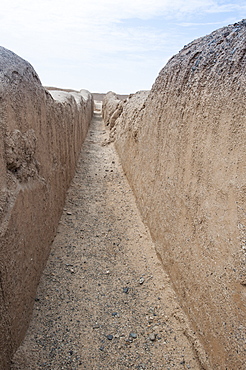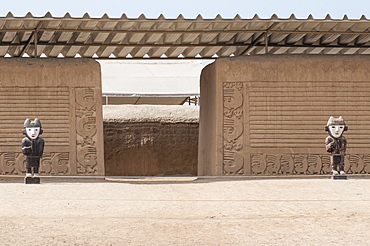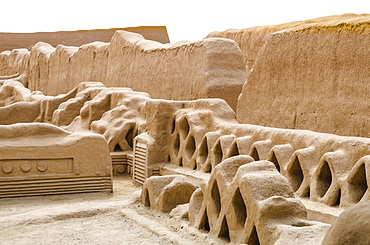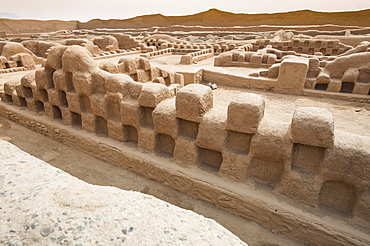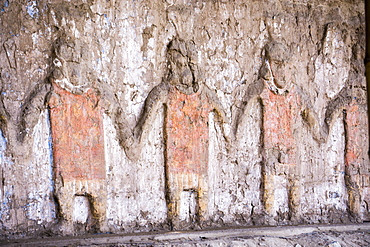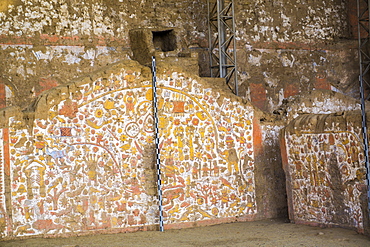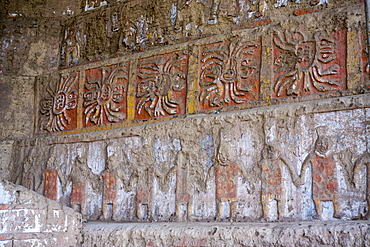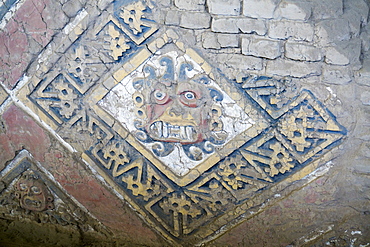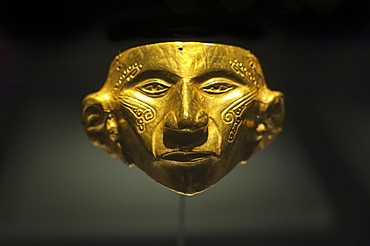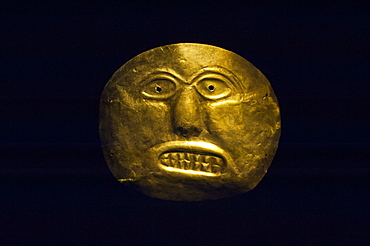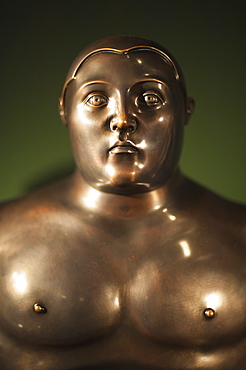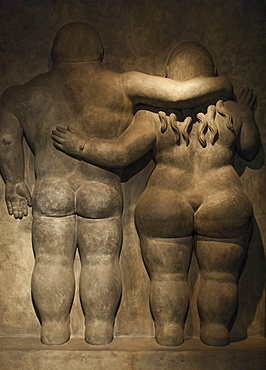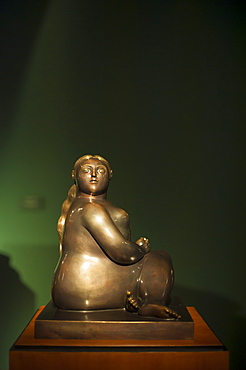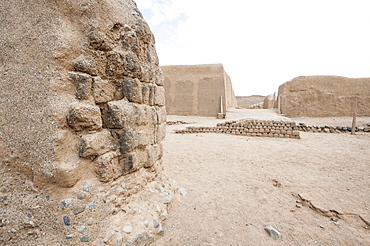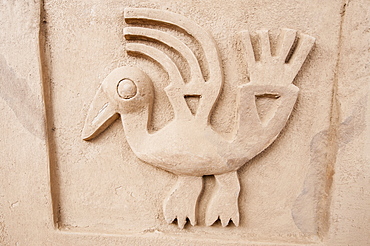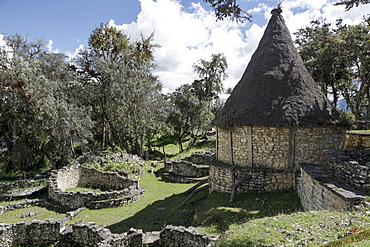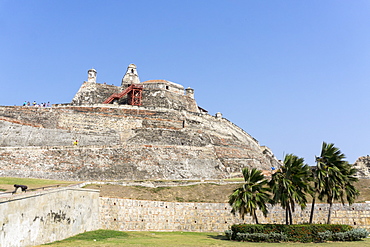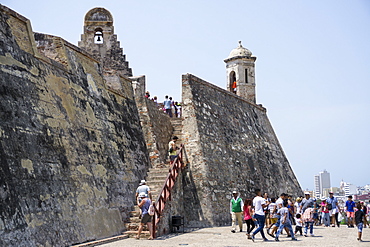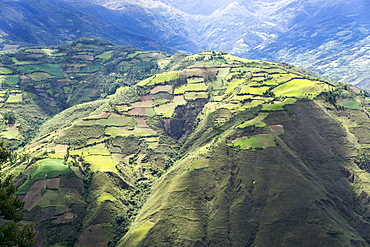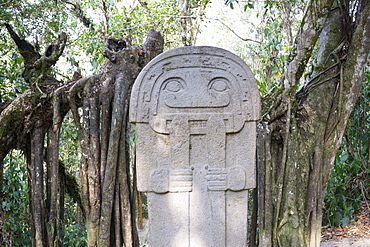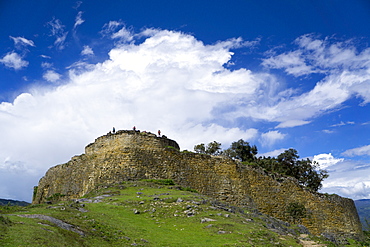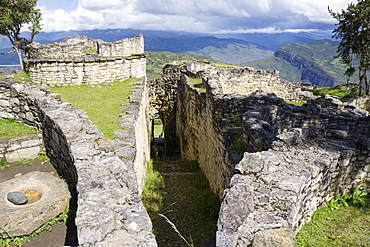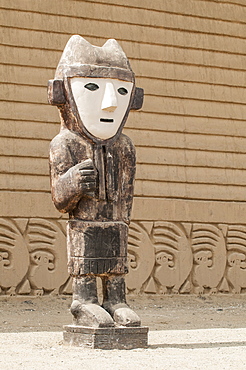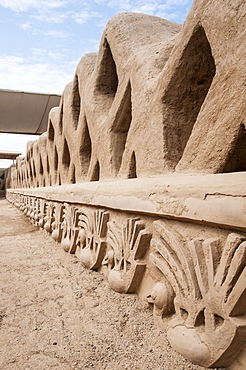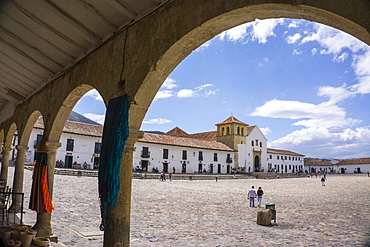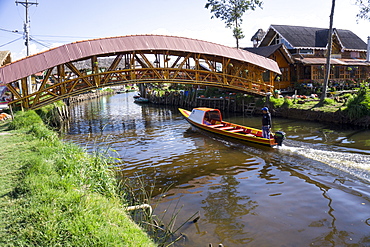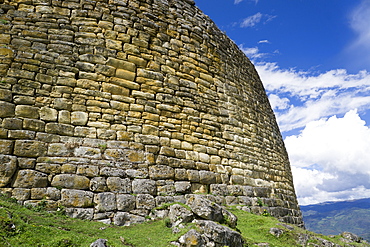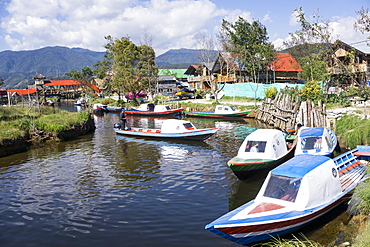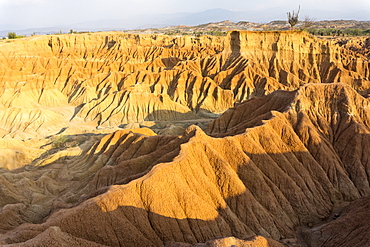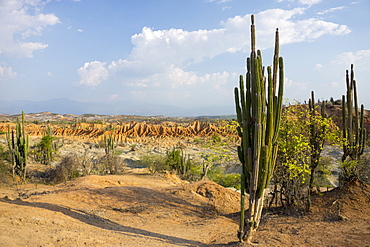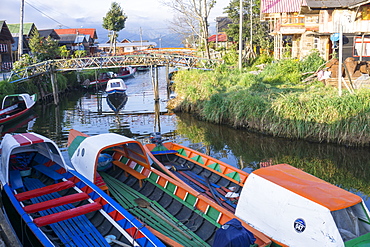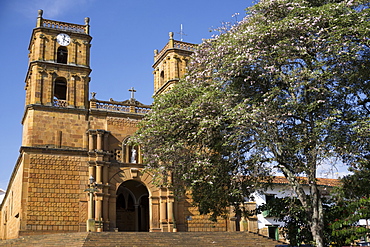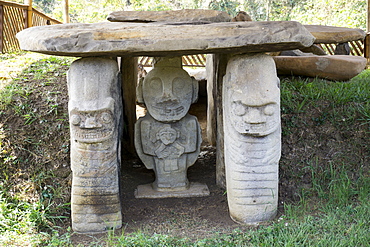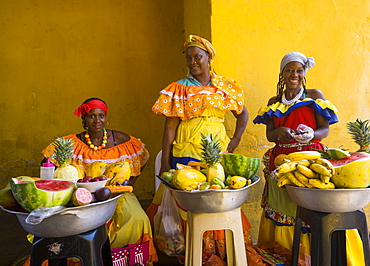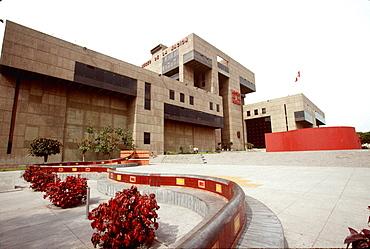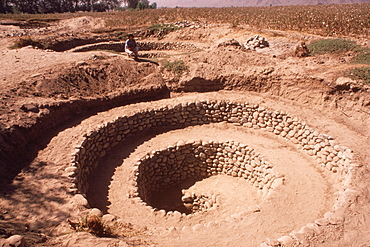Results
47 results found
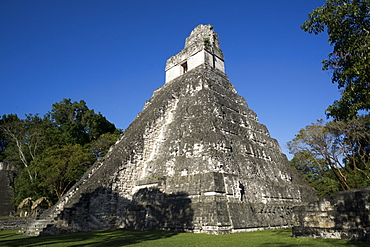
Tikal temple 1, Pre-Columbian Maya civilisation, Tikal, UNESCO World Heritage Site, Guatemala, Central America
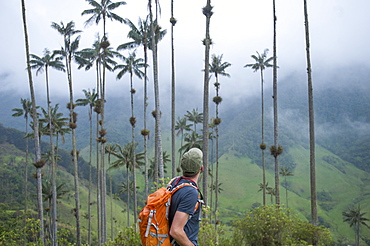
The Cocora valley stretches east of Salento into the lower reaches of Los Nevados, Zona Cafetera, Colombia, South America
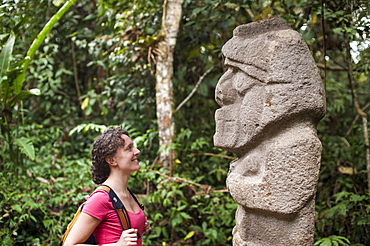
An ancient stone statue, San Agustin Archaeological Park, UNESCO World Heritage Site, Colombia, South America
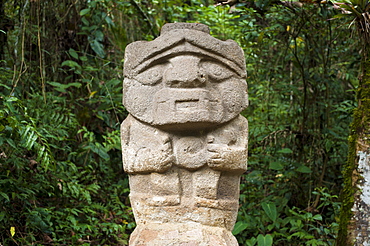
An ancient pre-Columbian stone carving at San Agustin, UNESCO World Heritage Site, in the south of Colombia, South America
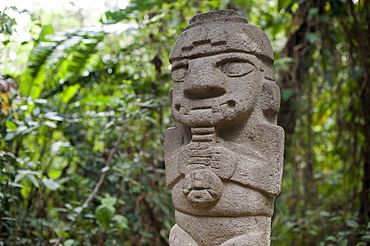
An ancient pre-Columbian stone carving at San Agustin, UNESCO World Heritage Site, in the south of Colombia, South America

An ancient pre-Columbian stone carving at San Agustin, UNESCO World Heritage Site, in the south of Colombia, South America
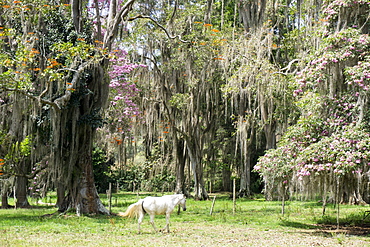
Dreamlike trees growing in the coffee region of Quindio UNESCO World Heritage Site, Colombia, South America
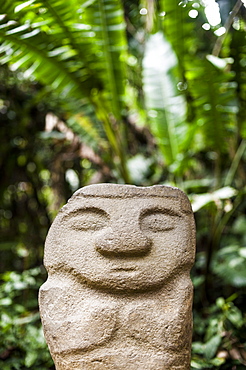
An ancient stone statue, San Agustin Archaeological Park, UNESCO World Heritage Site, Colombia, South America
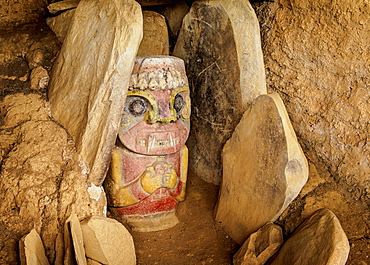
Pre-Columbian sculpture, Alto el Purutal, San Agustin Archaeological Park, UNESCO World Heritage Site, Huila Department, Colombia, South America

Pre-Columbian sculpture, San Agustin Archaeological Park, UNESCO World Heritage Site, Huila Department, Colombia, South America
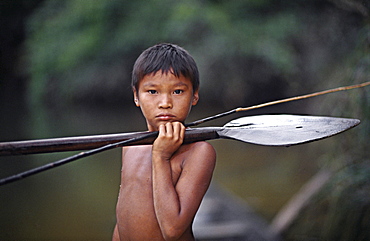
The idea of the interconnectedness of all things is central to the tribal way of looking at the world. practical knowledge of the environment, of crops and medicines, of hunting and fishing, is a byproduct of it. the makuna believe that human beings, animals, and all of nature are parts of the same one. animals and fish live in their own communities, which are just like human communities, with their chiefs, their shamans, their dance houses, their songs, and their material possessions. when human peoples dance in this world, the shaman invites the animal people to dance in theirs. if humans do not dance and shamans do not offer spirit food to the animal people, the animals will die out and there will be no more game left in the world. for the makuna the radical disjunction so characteristic of western thought between nature and culture, men and animals, dissolves. eastern colombia amazon, vaupes region, population: 600

Aerial views of El Castillo and the Ruins of the Mayan temple grounds at Tulum, Quintana Roo, Yucatan, Mexico. Tulum is the site of a pre-Columbian Mayan walled city which served as a major port for Coba, in the Mexican state of Quintana Roo. The ruins are situated on 12 meter 39 ft tall cliffs along the east coast of the Yucatán Peninsula on the Caribbean Sea in the state of Quintana Roo, Mexico. Tulum was one of the last cities built and inhabited by the Maya; it was at its height between the 13th and 15th centuries and managed to survive about 70 years after the Spanish began occupying Mexico. Old World diseases brought by the Spanish settlers appear to have resulted in very high fatalities, disrupting the society, and eventually causing the city to be abandoned.
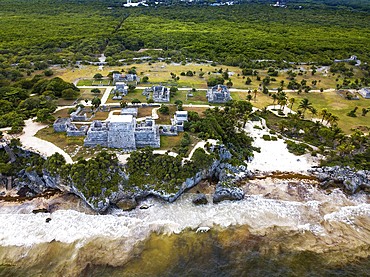
Aerial views of El Castillo and the Ruins of the Mayan temple grounds at Tulum, Quintana Roo, Yucatan, Mexico. Tulum is the site of a pre-Columbian Mayan walled city which served as a major port for Coba, in the Mexican state of Quintana Roo. The ruins are situated on 12 meter 39 ft tall cliffs along the east coast of the Yucatán Peninsula on the Caribbean Sea in the state of Quintana Roo, Mexico. Tulum was one of the last cities built and inhabited by the Maya; it was at its height between the 13th and 15th centuries and managed to survive about 70 years after the Spanish began occupying Mexico. Old World diseases brought by the Spanish settlers appear to have resulted in very high fatalities, disrupting the society, and eventually causing the city to be abandoned.
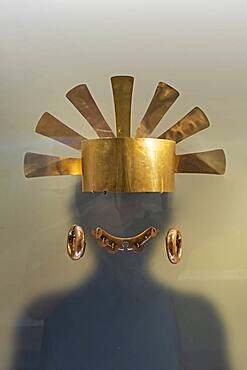
Crowns and helmets were worn by leaders, Pre-Columbian goldwork collection, Gold museum, Museo del Oro, Bogota, Colombia, America
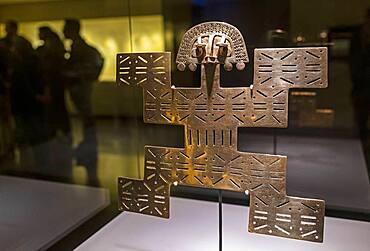
Pectoral in the form of a Jaguar-Man, Pre-Columbian goldwork collection, Gold museum, Museo del Oro, Bogota, Colombia, America
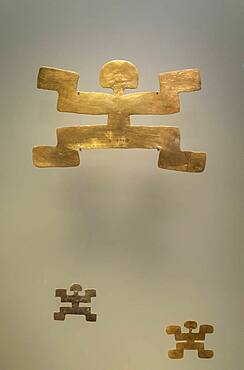
gold artifacts in the form of a Jaguar-Man, Pre-Columbian goldwork collection, Gold museum, Museo del Oro, Bogota, Colombia, America
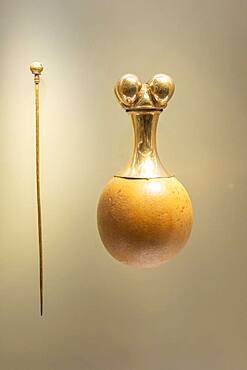
Poporo and stick, Pre-Columbian goldwork collection, Gold museum, Museo del Oro, Bogota, Colombia, America
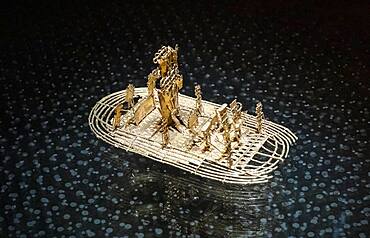
The Offering Raft or La Balsa de la ofrenda, Pre-Columbian goldwork collection, Gold museum, Museo del Oro, Bogota, Colombia, America
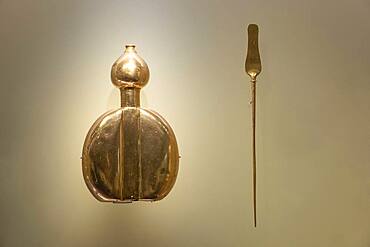
Poporo and stick, Pre-Columbian goldwork collection, Gold museum, Museo del Oro, Bogota, Colombia, America
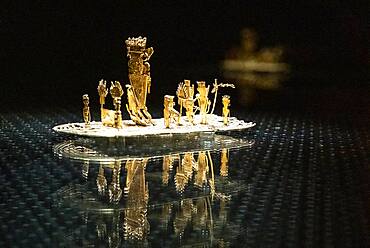
The Offering Raft or La Balsa de la ofrenda, Pre-Columbian goldwork collection, Gold museum, Museo del Oro, Bogota, Colombia, America
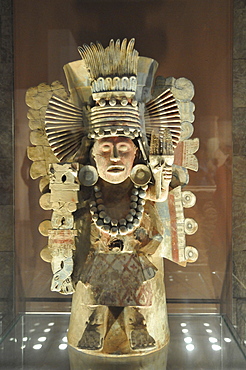
Pre-Columbian museum piece, Museo Nacional de Antropologia, National Museum of Anthropology, Mexico City, Mexico, North America
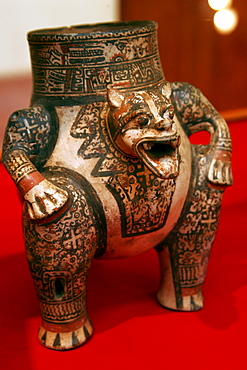
Pre-Columbian art in a museum, San Francisco Convent Cultural Center in Granada, Nicaragua, Central America
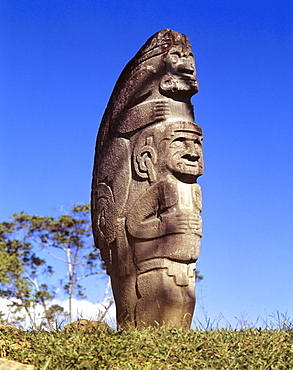
Pre-Columbian stone statue, San Agustin culture, prehistoric culture, southern Colombia, South America
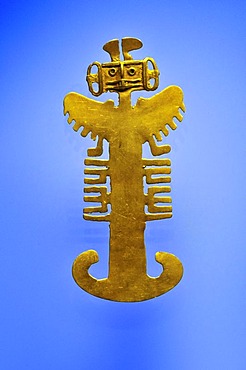
Pre-Columbian goldwork collection, mythical bird with human head, Gold Museum, Museo del Oro, Bogota, Colombia, South America
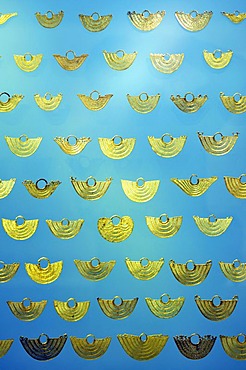
Pre-Columbian goldwork collection, earrings, Gold Museum, Museo del Oro, Bogota, Colombia, South America
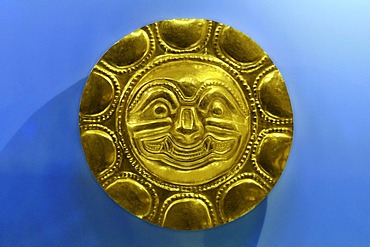
Pre-Columbian goldwork collection, solar disk, Gold Museum, Museo del Oro, Bogota, Colombia, South America

Pre-Columbian goldwork collection, female Cacique, Gold Museum, Museo del Oro, Bogota, Colombia, South America
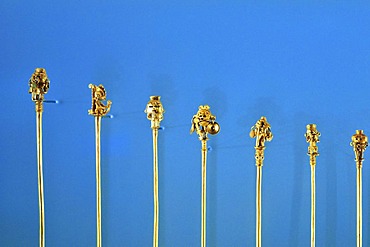
Pre-Columbian goldwork collection, hairpins, Gold Museum, Museo del Oro, Bogota, Colombia, South America
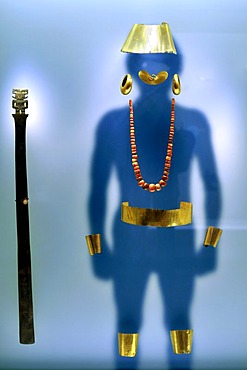
Pre-Columbian goldwork collection, women's jewellery, Gold Museum, Museo del Oro, Bogota, Colombia, South America
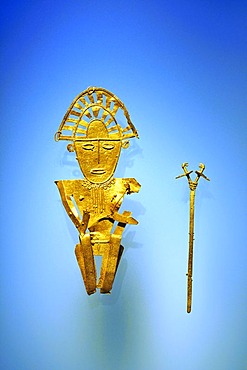
Pre-Columbian goldwork collection, Cacique, Gold Museum, Museo del Oro, Bogota, Colombia, South America
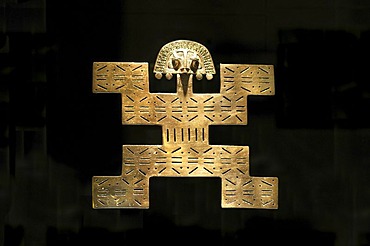
Pre-Columbian goldwork collection, jaguar as a symbol for the regenerative powers of gold and the Sun, Gold Museum, Museo del Oro, Bogota, Colombia, South America
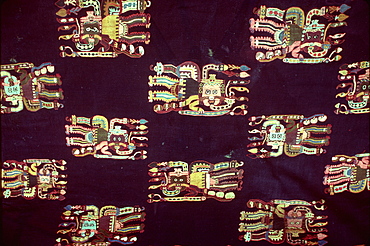
Paracas Culture, 300BC-100AD, funerary wrap with fantastic zoomorphic figures finest Pre-Columbian textiles Archaeology Museum, Lima, Peru
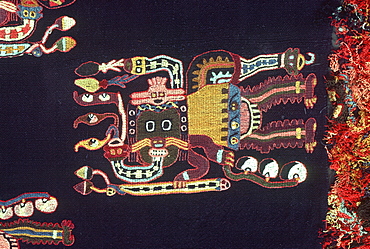
Paracas Culture, 300BC-100AD, funerary wrap with fantastic zoomorphic figures finest Pre-Columbian textiles Archaeology Museum, Lima, Peru
